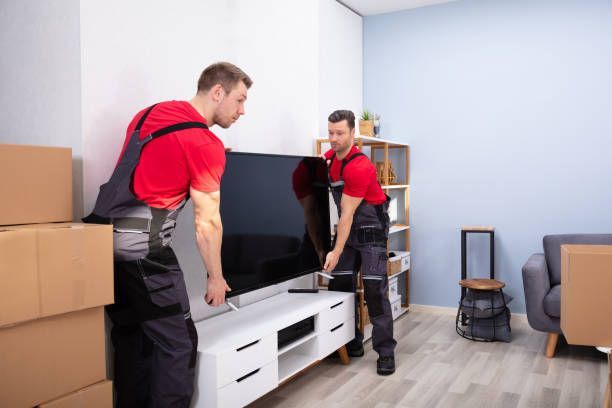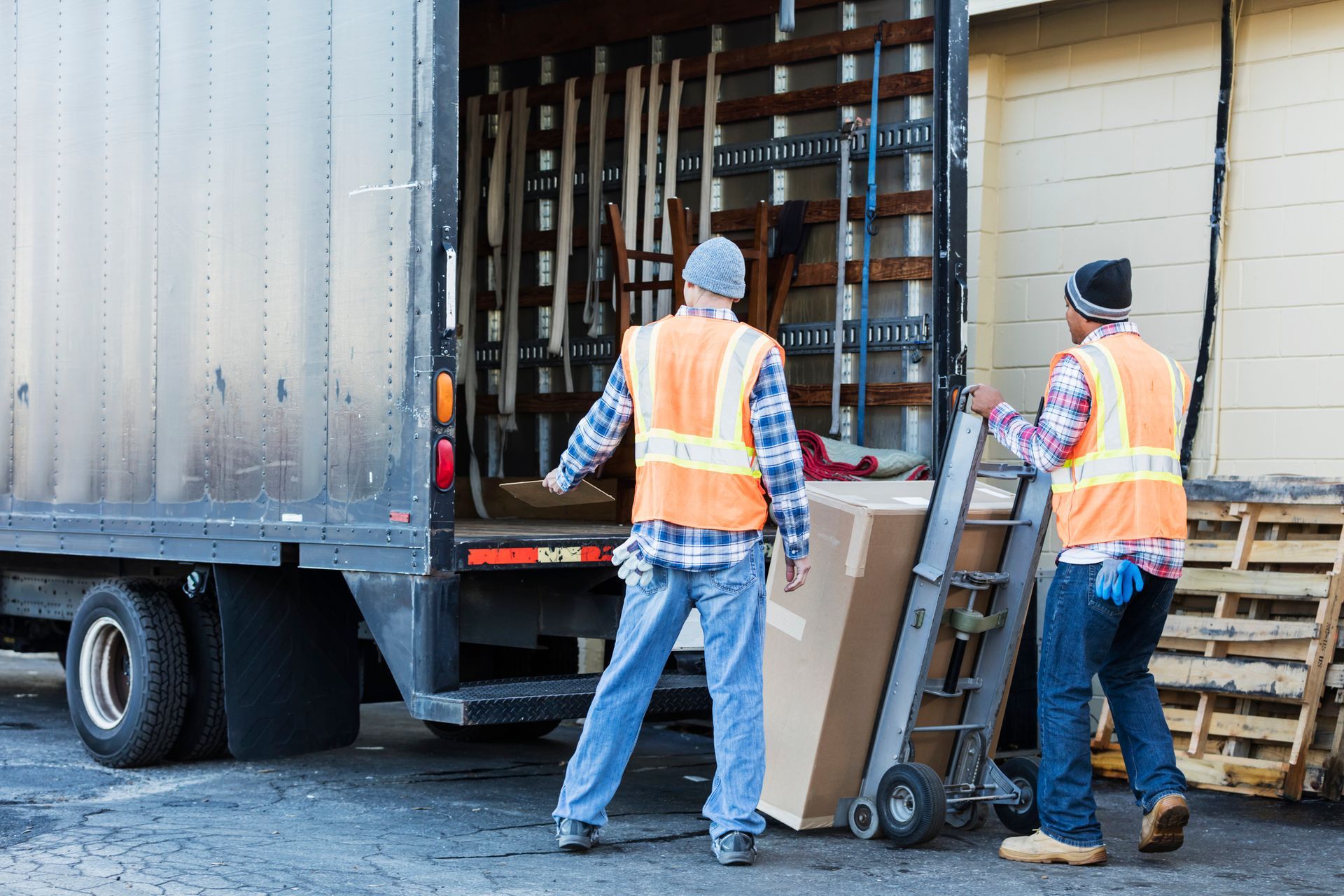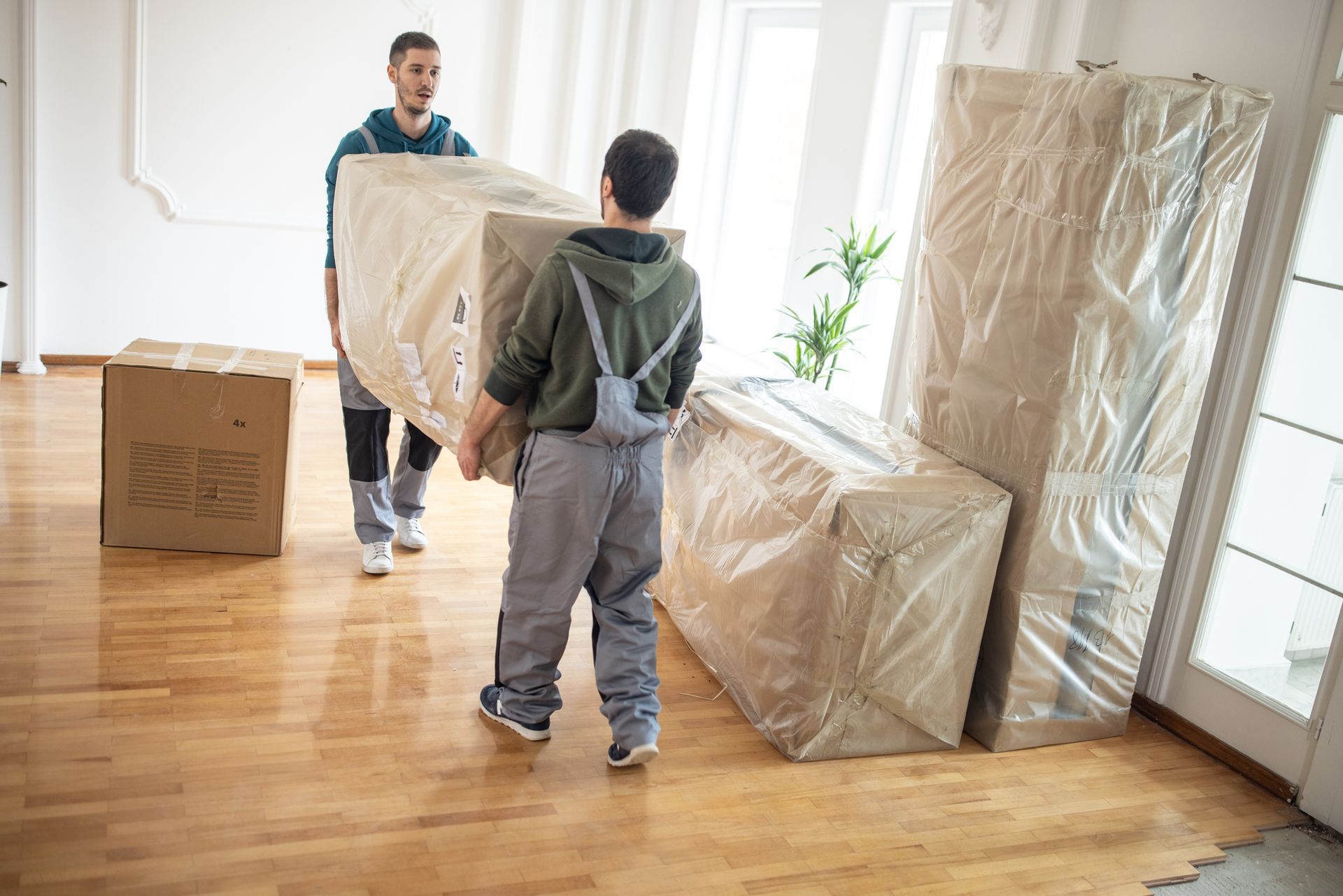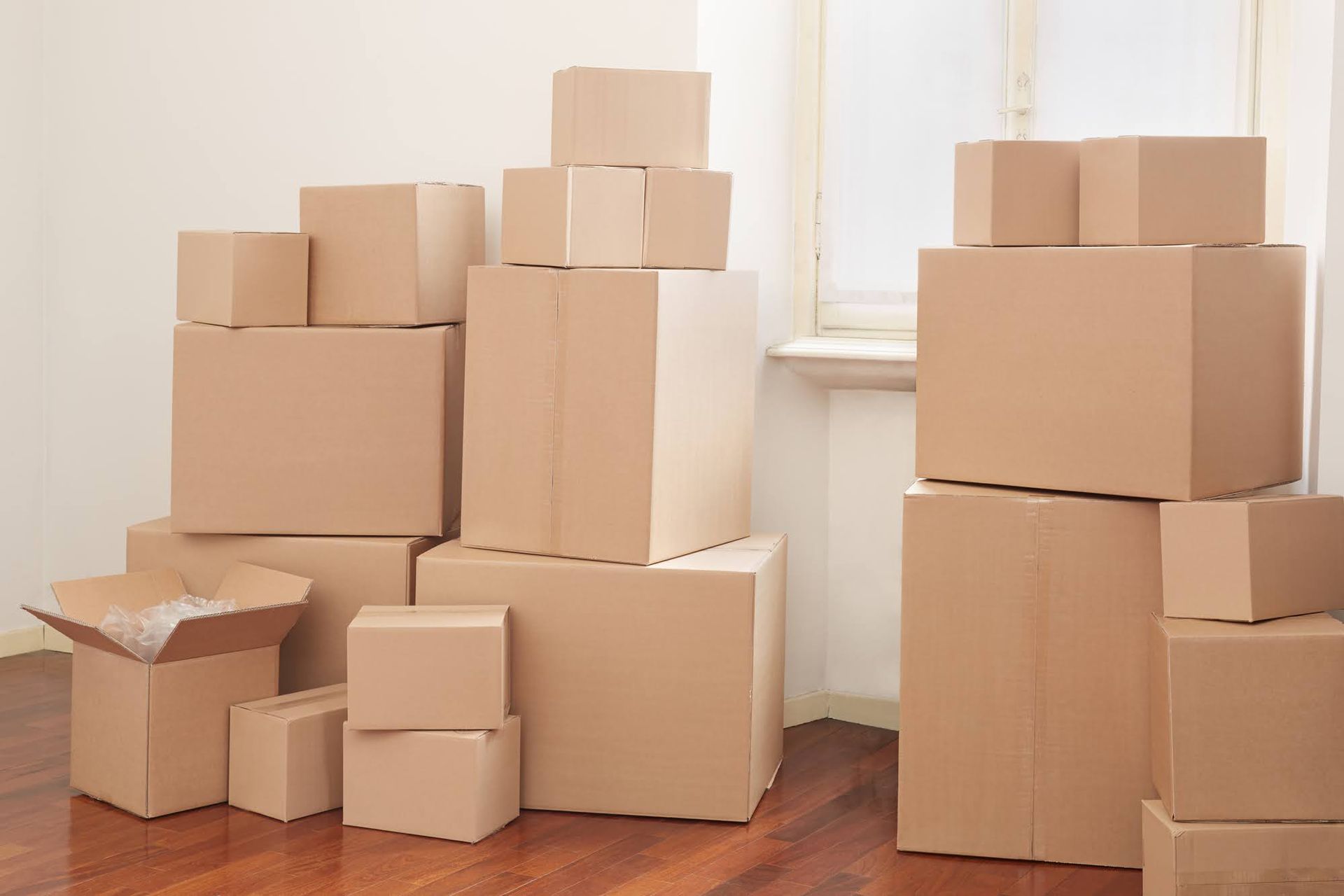325 Diamond Street, Redondo Beach, CA 90277 | Warehouses in Redondo Beach and Torrance, CA
Blog Layout
6 Steps To Successfully Pack a Moving Box
Website Builder • May 2, 2023

For most Americans, cardboard boxes form the backbone of their move to a new home. Filling that box certainly seems simple enough. After all, it's just an empty container waiting to be filled! But in reality, how you pack that box will go a long way toward the success of your move or unexpected problems. Here are a few key steps to pack each box properly.
1. Get Good Boxes
Where will you get your cardboard boxes? There are generally two methods: collecting old or used boxes or buying cardboard boxes made for the purpose of moving and transporting items. New boxes are the best choice for their sturdiness and uniformity. Consult with a moving professional about the mix of boxes to buy.
If using free boxes from others, look for gently used boxes. Avoid boxes that have been filled with food, liquid, or beverages. These can attract pests and may already be compromised. Try to get a lot of the same types of boxes, focusing on size and shape.
2. Reinforce the Bottom
Turn over your box and check the bottom. Is it sturdy? Many people start by putting an extra layer of packing tape along the bottom seam to prevent it from collapsing. After doing this, place the box on a level surface and line the bottom with a bit of padding—such as a towel, some bubble wrap, or newspaper. This lining helps distribute weight and adds a layer of protection against moisture.
3. Assess Your Stuff
Don't immediately start filling the box. Instead, take a moment to assess what you plan to put in it. In particular, you should analyze the weight of various items, their fragility, and their bulkiness or flexibility. Packing a box, like packing any larger storage space, is a strategic task. Reserve the heaviest and least flexible items for the bottom of the box, leaving lighter and softer materials for the top. Pack items that will go in the same room or items that are otherwise similar to each other in the same box.
4. Avoid Air Pockets
As you fill the box (with the heaviest items on the bottom), fill it completely. To do this, have some packing materials handy to fill in gaps as they form. Newspaper, blank packing paper, packing peanuts, bubble wrap, small linens, towels and rags, and even clothing can serve as filler material.
If you leave air pockets, the contents of the box will shift and could be damaged. And when it comes to the top and the side space of the box, empty space could lead to collapse during stacking.
5. Don't Overload It
While the goal is to fill up each box completely, don't overload them. When packing heavy items like books, tools, kitchenware, and pantry goods, stop and lift the box occasionally. You may be surprised at how quickly it becomes too heavy. Switch to lighter items and filler material before the box gets to the point where it can no longer be lifted easily.
Don't try to squeeze in more than the space in each box allows. The sides and top should never bulge—as this can then result in it bursting open and risks damaging items. If you can't close the lid flaps easily, take out something and save it for the next box. Then, pick up the box and shake it a little, testing for signs of shifting inside.
6. Seal and Label the Box
Finally, you're ready to seal and label the box. Don't skimp on packing tape. Run a solid line of tape across the seam and at least one line of tape perpendicular to it across the entire length of the top. Finish by clearly identifying the room, owner, and/or major contents. Some people use colored labels or numbers to differentiate between categories. Your moving company may also have a preferred inventory method.
Where to Learn More
Want more tips for packing boxes successfully? Redondo Van & Storage
can help. For more than 100 years, we've helped your California neighbors with all their moving and storage needs. Call today to get answers to your questions or make an appointment to learn more.

January 31, 2025
When it comes to transitioning your loved one into a new living situation, whether it's moving to an assisted living facility or a smaller home, the process can be overwhelming. The physical and emotional stress of a move, combined with the logistical challenges, can be particularly daunting for seniors. That’s where professional senior living movers, like Redondo Van & Storage , come in for the families in Torrance, CA. These experts are not just movers—they are compassionate professionals who specialize in senior relocation, ensuring your loved one’s move is smooth, stress-free, and efficient. In this article, we’ll explore the top five ways Redondo Van & Storage in Torrance, CA, can assist with your loved one’s transition into a new living space.
BROWSE OUR WEBSITE
CONTACT INFORMATION
LICENSE NUMBERS
CAL-T 168486 - ICCMC 294339 - DOT 613747
OUR LOCATION
BROWSE OUR WEBSITE
CONTACT INFORMATION
LICENSE NUMBERS
CAL-T 168486 - ICCMC 294339 - DOT 613747
OUR LOCATION
Content, including images, displayed on this website is protected by copyright laws. Downloading, republication, retransmission or reproduction of content on this website is strictly prohibited. Terms of Use
| Privacy Policy










